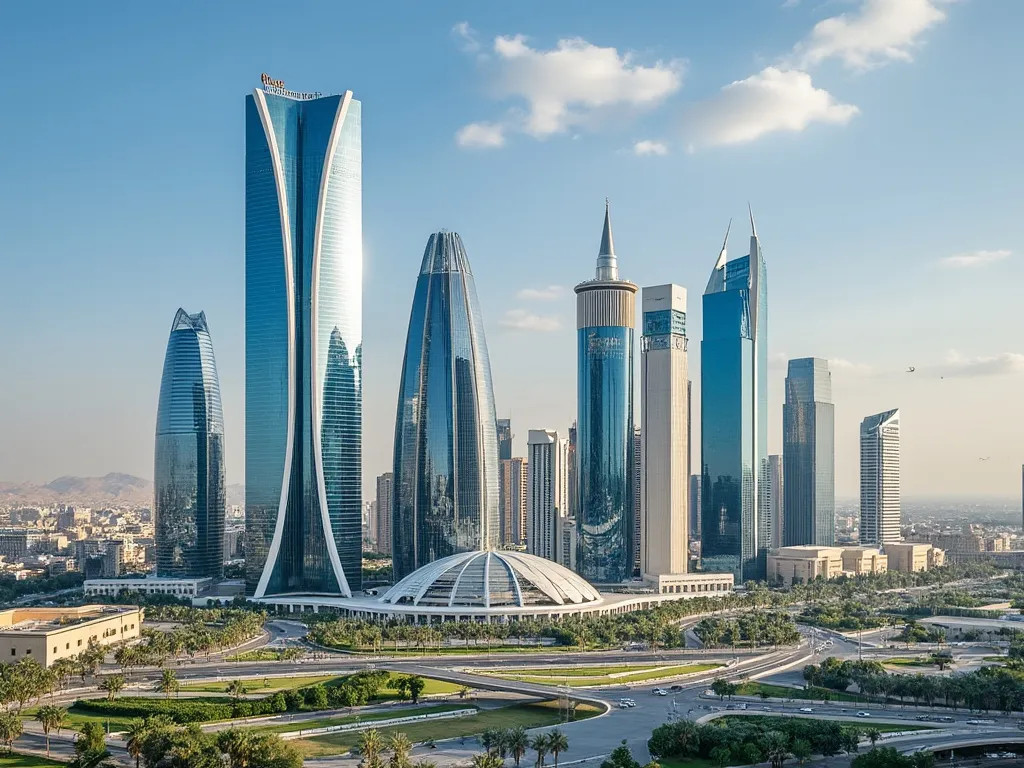
Riyadh, the capital and largest city of Saudi Arabia, is a bustling metropolis that seamlessly blends traditional and modern architecture. Located in the heart of the Arabian Peninsula, Riyadh is a city of contrasts, where ancient forts and mosques stand alongside sleek skyscrapers and modern shopping malls.
Riyadh information
| Country | 🇸🇦 Saudi Arabia |
| Population | 7,009,120 (2020 estimate) |
| Coordinates | 24.7136° N, 46.6753° E |
| Area | 3,115 km² (1,200 sq mi) |
| Climate | Hot desert climate (Köppen climate classification BWh) |
| Language | Arabic (official), English (widely spoken) |
| Currency | Saudi riyal (SAR) |
| Time zone | Arabia Standard Time (UTC+3) |
| Proximity to other major cities | Mecca (770 km / 478 mi), Jeddah (850 km / 530 mi), Dubai (1,160 km / 720 mi) |
Interesting facts about Riyadh
- Riyadh is one of the fastest-growing cities in the world, with a population that has increased by over 50% in the past decade.
- The city is home to the world's largest sand dune, the Red Sand Dune, which stands over 1,000 meters (3,300 ft) tall.
- Riyadh has a unique "camel-shaped" city plan, with the city's main roads and highways designed to resemble a camel's humps.
- The city is home to the King Fahd National Library, one of the largest libraries in the Middle East.
Tourist attractions in Riyadh
- The National Museum of Saudi Arabia, which showcases the country's history and culture.
- The Riyadh Zoo, which is home to over 1,500 animals from around the world.
- The Al Faisaliyah Centre, a iconic skyscraper that offers stunning views of the city.
- The Diriyah historic site, a UNESCO World Heritage Site that features ancient forts and ruins.
Historical background of Riyadh
Riyadh has a rich and storied history that dates back to the 14th century. The city was founded by the Al Saud dynasty, which has ruled Saudi Arabia since the 18th century. Riyadh has played a significant role in the country's history, serving as the capital of the Saudi state since 1902. The city has undergone rapid modernization and expansion in recent decades, driven by the country's vast oil reserves and strategic location.
Geographical location of Riyadh
Riyadh is situated in the central region of Saudi Arabia, approximately 300 km (190 mi) from the Red Sea coast. The city is nestled in the Najd plateau, a vast desert region that covers much of the Arabian Peninsula. Riyadh's geography is characterized by sand dunes, rocky outcrops, and oases, which have supported human habitation for centuries.
Cultural significance of Riyadh
Riyadh is a city of great cultural significance, with a rich heritage of Islamic art, architecture, and traditions. The city is home to numerous historic mosques, including the iconic Al Faisaliyah Mosque, which features a striking 170-meter (558 ft) minaret. Riyadh is also known for its vibrant souks (markets), where visitors can sample local cuisine, buy traditional handicrafts, and experience the city's warm hospitality.
Economic importance of Riyadh
Riyadh is the economic hub of Saudi Arabia, with a diverse economy that spans oil and gas, finance, manufacturing, and tourism. The city is home to numerous multinational corporations, as well as the Saudi Arabian Monetary Agency (SAMA), the country's central bank. Riyadh's strategic location and modern infrastructure make it an attractive destination for businesses and investors.
Conclusion on Riyadh
In conclusion, Riyadh is a city that seamlessly blends tradition and modernity, offering visitors a unique and unforgettable experience. From its rich history and culture to its stunning architecture and vibrant souks, Riyadh is a city that has something for everyone.
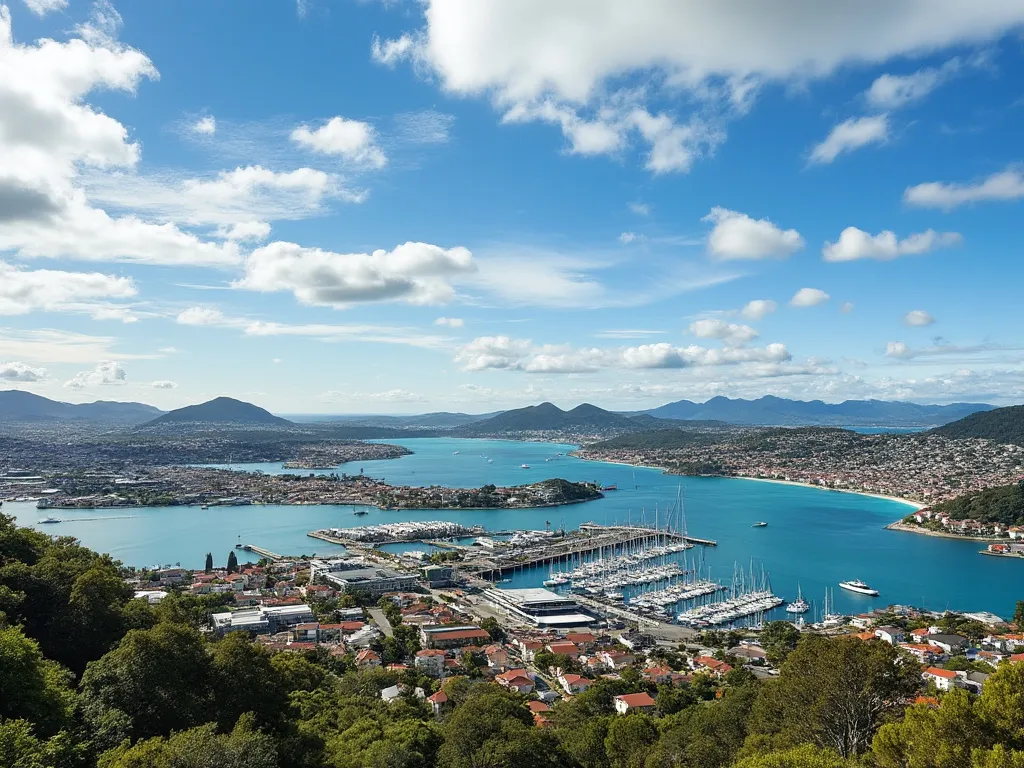 Road Town
Road Town
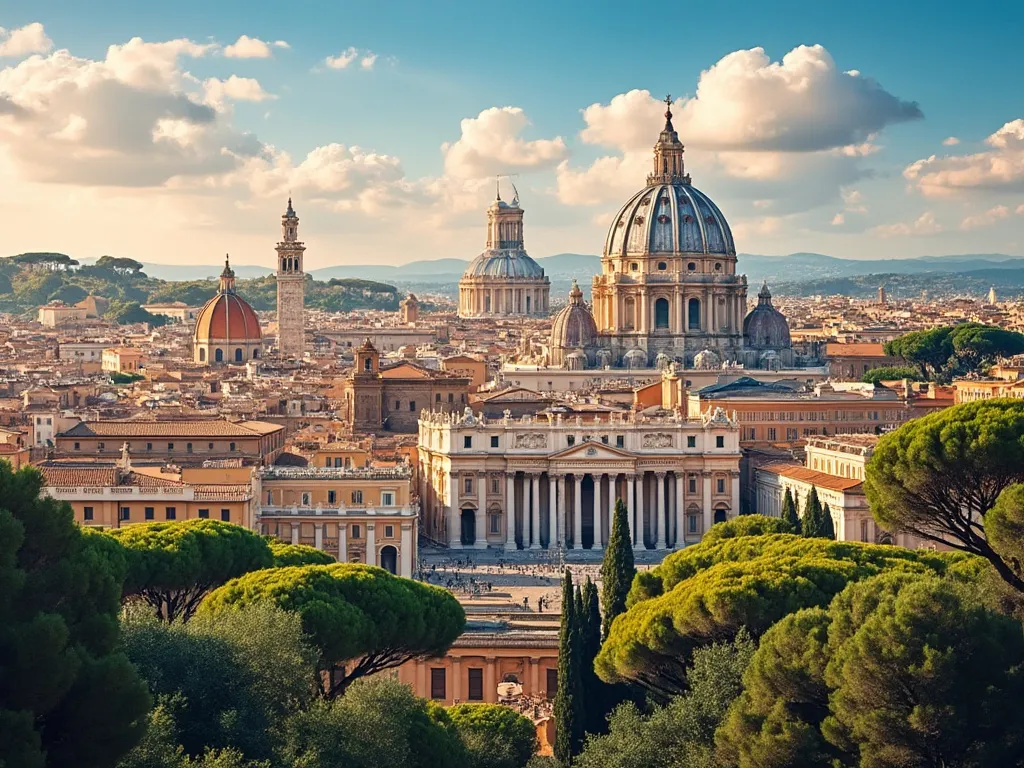 Rome
Rome
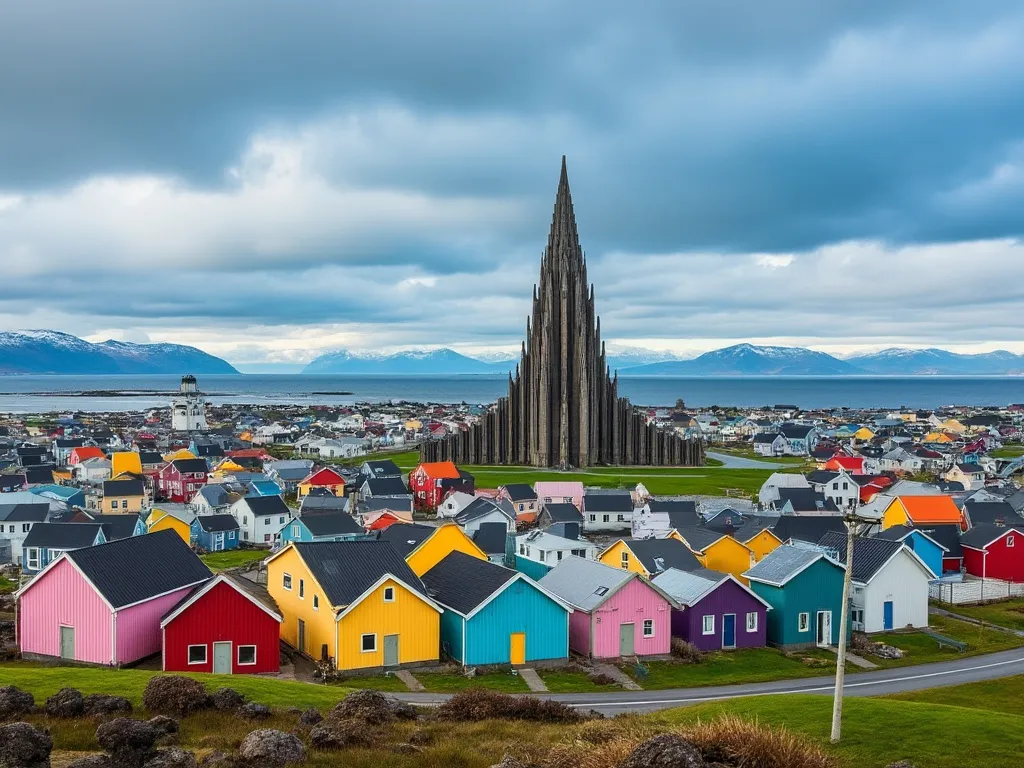 Reykjavik
Reykjavik
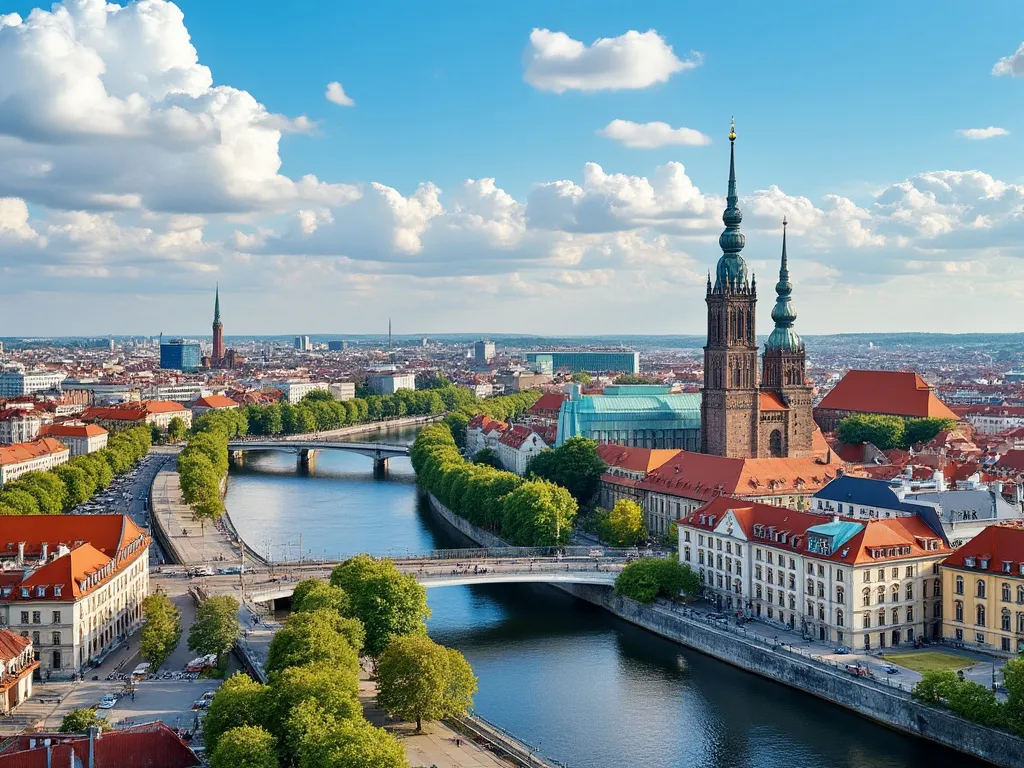 Riga
Riga